Findings may explain location of largest Egyptian pyramid field

news, journals and articles from all over the world.

Findings may explain location of largest Egyptian pyramid field
Three internationally renowned FAU researchers provide “best practices” and answer some of the most frequently asked questions to help protect Florida’s nesting sea turtles and their hatchlings.
The deep-sea Venus flower basket sponge can filter feed using only the faint ambient currents of the ocean depths, no pumping required, new research reveals. This discovery of natural ‘“zero energy” flow could help engineers design more efficient chemical reactors, air purification systems, heat exchangers, hydraulic systems, and aerodynamic surfaces.

New research shows how tiny plant-like organisms hitch a ride on ocean currents to reach darker and deeper depths, where they impact carbon cycling and microbial dynamics in the subtropical oceans.
The New York Aquarium is debuting a traveling art exhibit, “Washed Ashore: Art to Save the Sea” to message about how plastics polluting the environment are harmful to wildlife and people. The exhibit will be at the aquarium Friday, May 24, to Monday, Sept. 2, 2024.
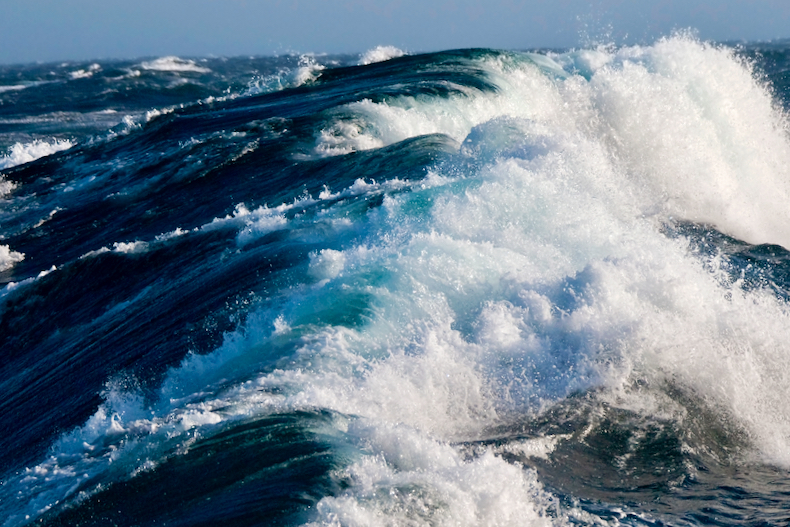
A new study published in the journal Nature Geoscience led by scientists at University of Miami Rosenstiel School of Marine, Atmospheric, and Earth Science, and the National Oceanic and Atmospheric Administration’s Atlantic Oceanographic and Meteorological Laboratory, found that human-induced environmental changes around Antarctica…
In March 2024, WCS trained 30 scientists from across the Coral Triangle in simple field methods to measure coral bleaching and identify climate resilient coral reefs.
New oceanic research provides clear evidence of a human “fingerprint” on climate change and shows that specific signals from human activities have altered the seasonal cycle amplitude of sea surface temperatures (SST).
Undersea anchors of ice that help prevent Antarctica’s land ice from slipping into the ocean are shrinking at more than twice the rate compared with 50 years ago, research shows.
The reproduction of giant sea spiders in Antarctica has been largely unknown to researchers for more than 140 years, until now.
One recent study estimates that the total amount of fishing line lost annually could stretch from the moon and back. A new study from Norway shows that roughly one-third of lines could be recycled.
Greenland meltwater hardly enters open ocean, could disrupt Atlantic circulation
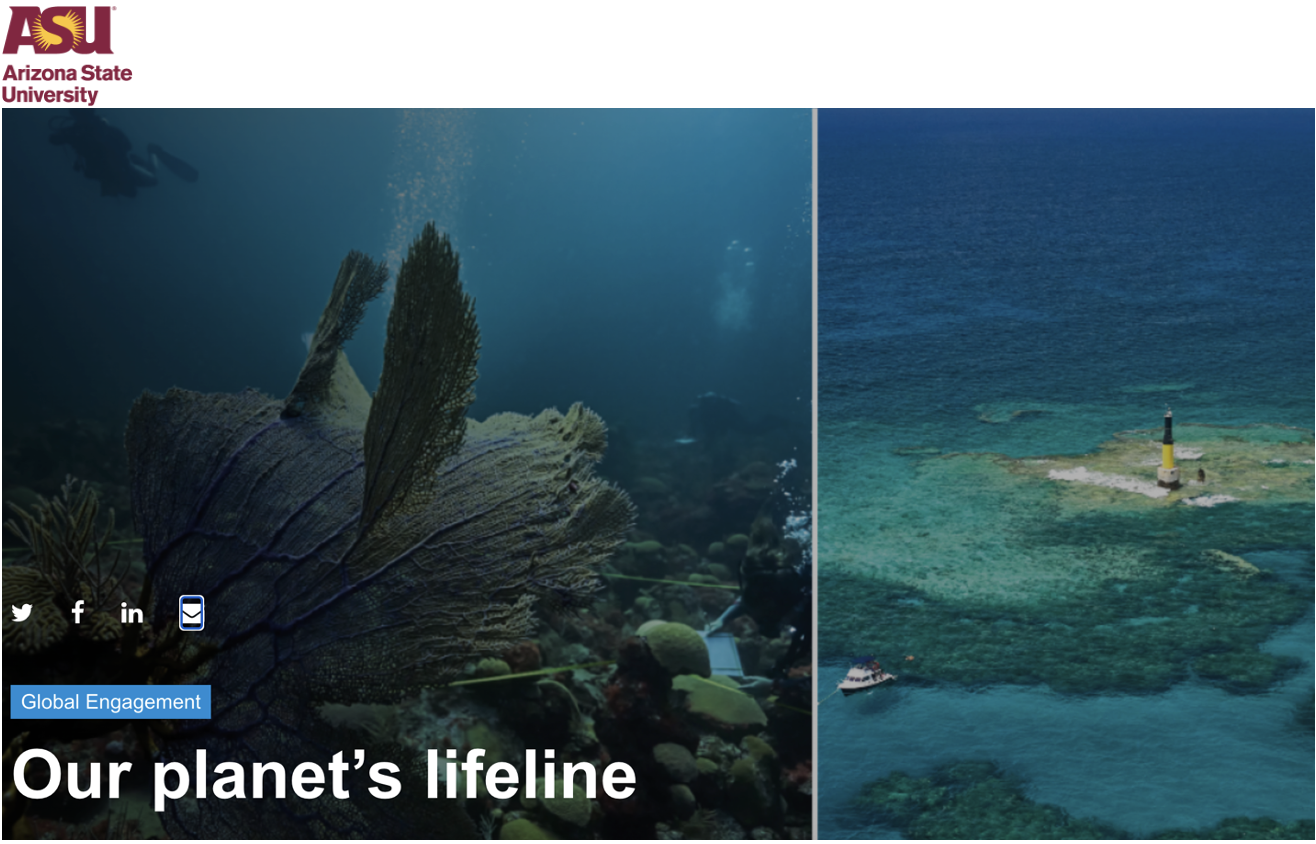
ASU BIOS research unveils zooplankton’s vital role in carbon sequestration, crucial for mitigating climate change and preserving ocean health.
The lack of evidence about shark biology, their prey, and changes in the ecosystems of New York area coastal waters is a driving force to expand research about sharks and their populations in the region, so say a team of scientists in an article published in the Journal of Fish Biology.
An international team of scientists has successfully conducted large-scale helicopter-based observations along the coast of East Antarctica and has identified pathways through which warm ocean water flows from the open ocean into ice shelf cavities for the first time.
Assistant Professor Kohei Matsuno of the Faculty of Fisheries Sciences spoke about how climate change is changing the distribution and ecology of marine plankton and what impact this will have on higher-trophic predators, including humans.
As marine heat waves caused by climate change increase in severity and duration, certain species of fish will suffer the consequences.
From the thousands of feet of frozen glaciers to the rising seas off Savannah’s coast, Georgia Institute of Technology researchers are measuring, modeling, and predicting just how climate change is impacting our oceans.
At the 184th ASA Meeting, Colin Malloy of Ocean Network Canada will present his method to transform ocean data into captivating, solo percussion songs. He employs sound from hydrophones and introduces elements inspired by ocean-related data such as temperature, acidity, and oxygenation. For example, in his piece, Oil & Water, Malloy represents the impact of oil production on the oceans. He plays an eerily catchy melody on steel drums and inserts noise to represent oil production over the past 120 years.
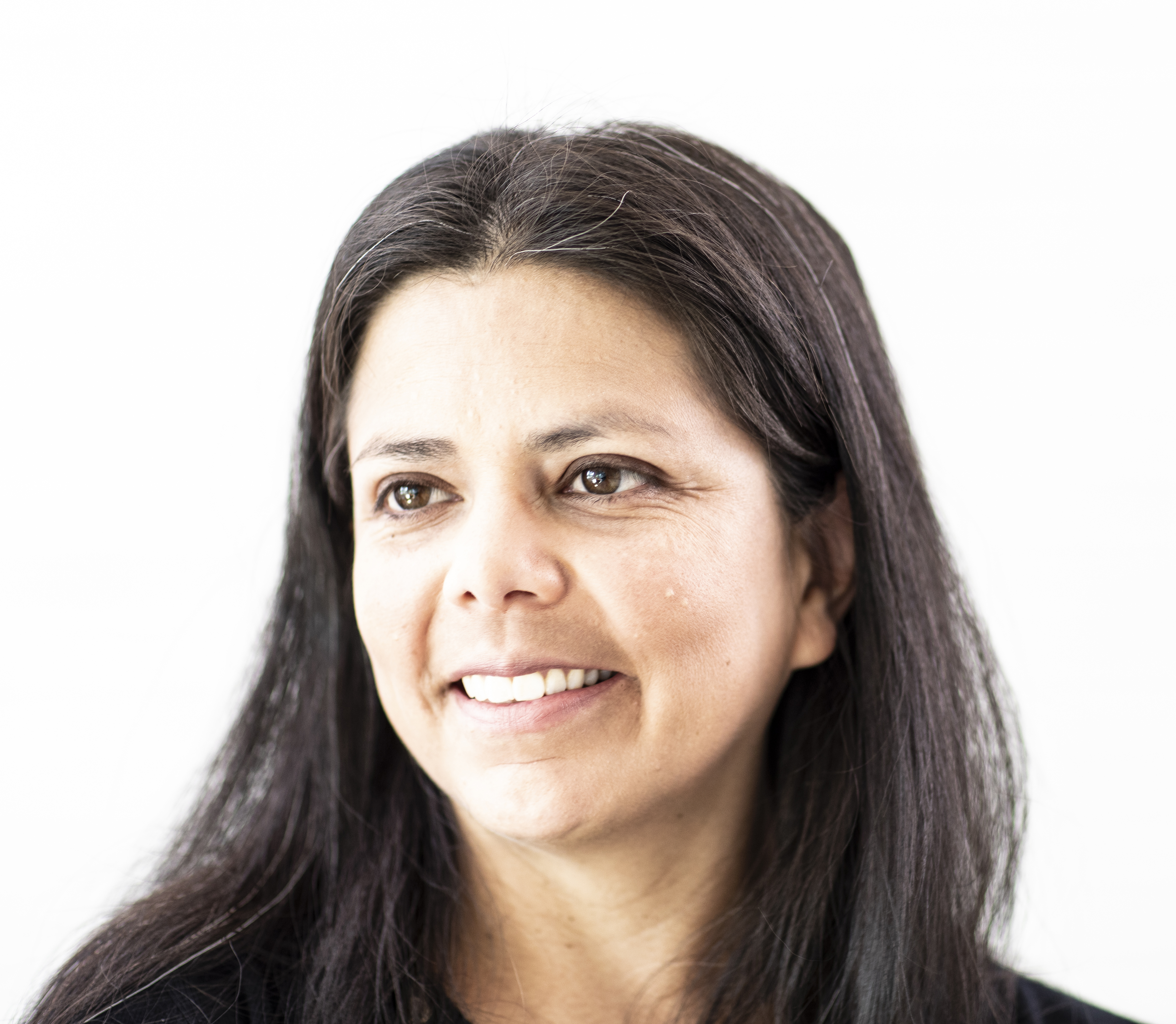
Two University of Washington researchers are using very different methods to investigate the issue of marine microplastics. For Earth Day, UW News asked them to discuss their research.
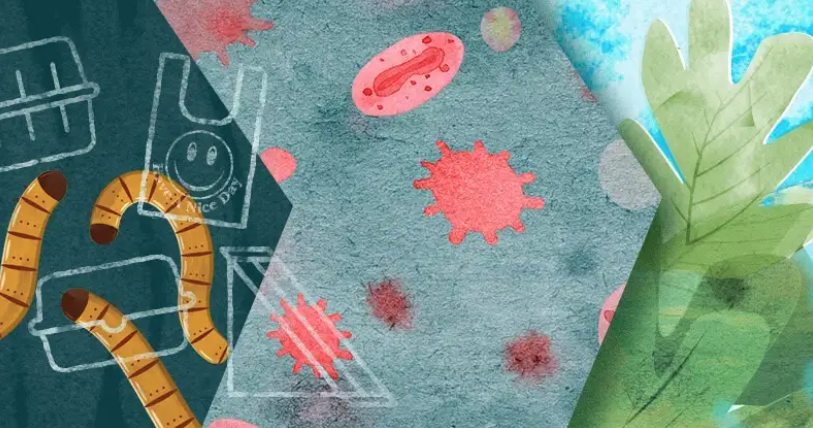
A University of Delaware researcher is leading a multi-institutional team exploring ways to engineer microbes from the gut of the yellow mealworm to degrade non-recyclable plastics. The work is supported with funding from the Department of Energy.
Iron-based fertilizer may stimulate plankton to pull carbon dioxide from the ocean, driving a carbon-negative process.
In a new study from the University of South Australia, researchers found that 60 per cent of surfers are not afraid of sharks when surfing, despite more than half of them spotting a shark when out in the water.
Woods Hole Oceanographic Institution (WHOI)-led teams earned Gold and Silver Innovation Awards for seaweed solutions projects, presented at the first annual Seagriculture Conference USA 2022 in Portland, Maine.
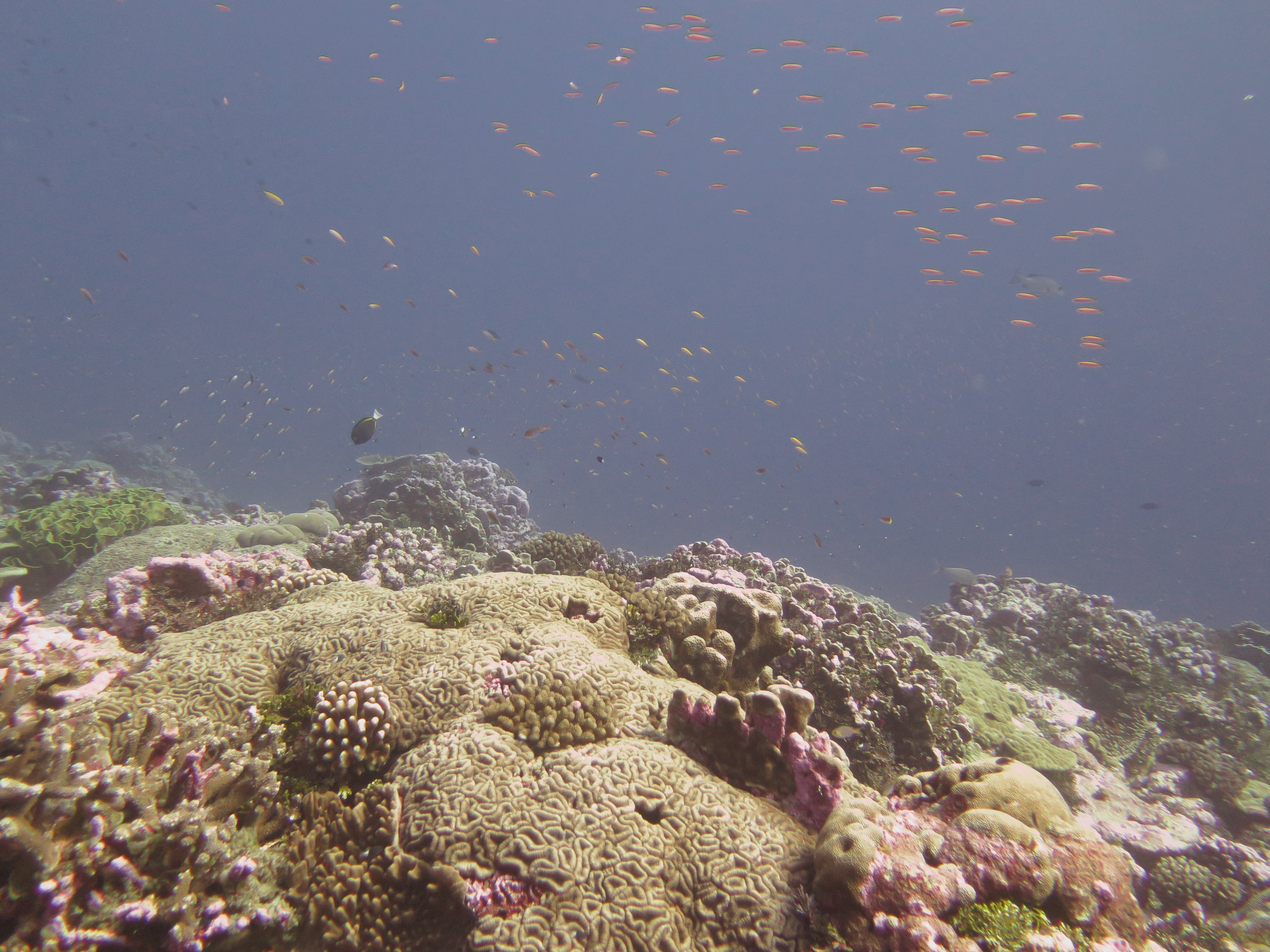
The National Science Foundation (NSF) has awarded Woods Hole Oceanographic Institution (WHOI) $5 million to participate in NSF’s ground breaking Convergence Accelerator Program. The project, led by WHOI scientist Anne Cohen, builds the world’s first Coral Reef Digital Twin, a 4-dimensional virtual replica of a living coral reef powered by state-of-the art data and models.
Chula Faculty of Science has developed bioproducts to clean up oil spills in the ocean from their research on oil-eating microbes while getting ready to expand to industrial-scale production for ecological sustainability.
. In a paper published today in Royal Society Biology Letters, researchers at the Woods Hole Oceanographic Institution (WHOI) demonstrate a clear connection between personality in wandering albatross (Diomedea exulans) and the likelihood of divorce. Though the link between personality and relationship outcomes in humans is well-established, this is the first study to do so with animals.

Woods Hole Oceanographic Institution (WHOI), the world’s independent leader in ocean discovery, exploration, and education, today announced the appointment of Yessica Cancel to its executive team in the newly created position of Chief People Officer (CPO).
Research published by Woods Hole Oceanographic Institution (WHOI) scientists today in Frontiers in Marine Science confirmed their previous observations that rising temperatures increase the sound of snapping shrimp, a tiny crustacean found in temperate and tropical coastal marine environments around the world.
Paul Salem, a leader in private equity and non-profit board service, has been named Woods Hole Oceanographic Institution’s new Chair of the Board of Trustees. Salem will transition into the role officially on January 1, 2023, taking over for David Scully, who has served as the Board Chair for the past seven years.
Rapid 20th century warming in the Gulf of Maine has reversed long-term cooling that occurred there during the previous 900 years, according to new research that combines an examination of shells from long-lived ocean quahogs and climate model simulations.
A new study led by Woods Hole Oceanographic Institution (WHOI) shows a significant increase in frequency of warm saltwater intrusions from the deep ocean to the continental shelf along the Middle Atlantic Bight, which extends from the Gulf of Maine to Cape Hatteras, North Carolina. Using data collected from NOAA’s National Marine Fisheries Service Ecosystem Monitoring program, as well as data collected from the fishing industry, the study’s results show that ocean exchange processes have greatly changed over the past 20 years in this region.
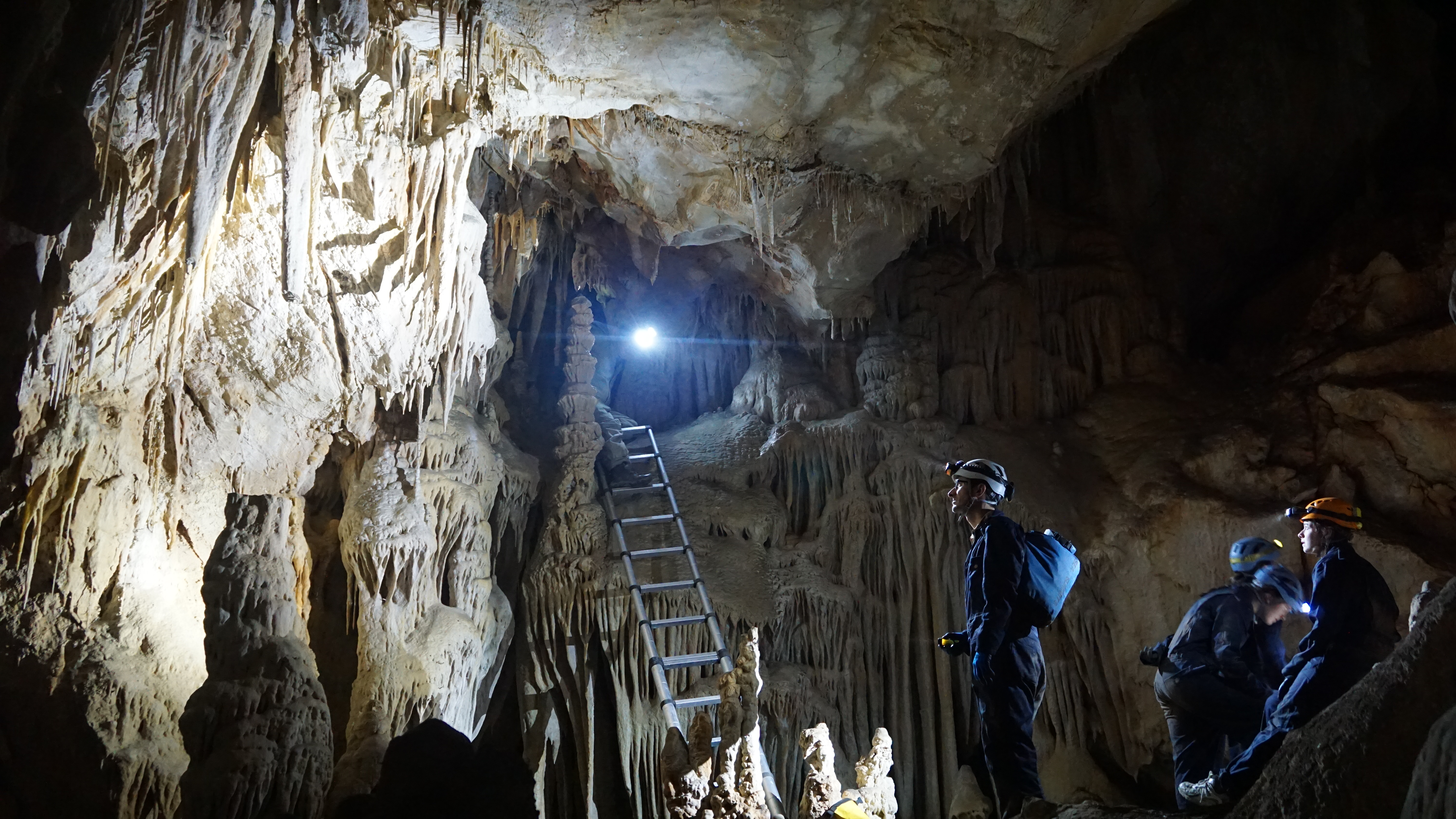
Projected changes in wintertime precipitation make agriculture in the Iberian region some of the most vulnerable in Europe, according to a new study that links the changes to increased anthropogenic greenhouse gases.
Woods Hole Oceanographic Institution (WHOI), the University of Connecticut, and Bigelow Laboratory for Ocean Sciences have executed a license agreement for a kelp germplasm, or collection of microscopic cells called gametophytes, containing more than 1,200 samples all developed and isolated by WHOI and UConn-led teams.
The effects of global climate change already are resulting in the loss of sea ice, accelerated sea level rise, and longer and more intense heat waves, among other threats. Now, the first-ever survey of planktonic lipids in the global ocean predicts a temperature-linked decrease in the production of essential omega-3 fatty acids, an important subset of lipid molecules.
Four projects led or co-led by Woods Hole Oceanographic Institution (WHOI) scientists were named on World Ocean Day by the United Nations Educational, Scientific and Cultural Organization (UNESCO) to receive Endorsed Action status as part of the UN Decade of Ocean Science for Sustainable Development 2021-2030.
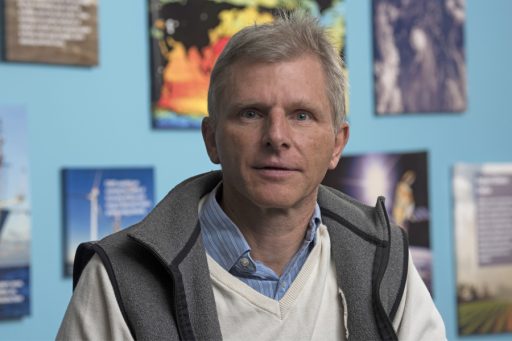
By: Bill Wellock | Published: June 6, 2022 | 12:19 pm | SHARE: The United Nations marks June 8 as World Oceans Day, an opportunity to celebrate the ocean and how it supports life on Earth.As director of Florida State University’s Center for Ocean-Atmospheric Prediction Studies (COAPS), Eric Chassignet leads investigations into the physical processes that govern the ocean and its interactions with the atmosphere.
Eden, a geoscience technology development company co-founded by Massachusetts Institute of Technology/Woods Hole Oceanographic Institution Joint Program student Paris Smalls, will receive $3.8 million in federal funding from the U.S. Department of Energy Advanced Research Projects Agency-Energy (ARPA-E).
For most sea turtles, the journey to find the ocean from their nests is pretty straightforward. However, leatherback hatchlings more often crawl around in circles trying to find the ocean. Circling delays their entry into the ocean, wastes energy, and places them at greater danger from natural predators. Under different moon phases: bright light during full moon and only starlight under new moon, researchers have a better understanding of why this circling behavior happens and why it is most commonly observed in leatherbacks.
Chula Engineering professor proposes ways to manage used masks and ATK test kits by choosing reusable masks, separating infectious waste, and preparing it properly before discarding it to be destroyed in a non-polluting disposal system to reduce overflowing waste problem.
In a major development in the bid to deepen the understanding of the role that the ocean plays in climate science, Arizona State University (ASU) President Michael Crow announced today that ASU, a leading research university, has established a partnership with the Bermuda Institute of Ocean Sciences (BIOS), one of the longest-serving research institutes dedicated to studying ocean processes in the Western Hemisphere.
A new study led by researchers at Binghamton University, State University of New York found that the Kuroshio Current Extension is sensitive to global climate change and has the potential to warm greatly with increased carbon dioxide levels.
Traditionally used energy harvesting technologies, like photovoltaic panels or wind turbines, suffer from several limitations. In the absence of daylight and wind, neither of the two can supply any power. In the case of ocean buoys, a potential solution is omnipresent: wave energy. Abundant, predictable, and consistent, the ocean’s waves can be used to power navigation buoys. Researchers have developed sphere-based triboelectric nanogenerators that can be incorporated directly into navigational buoys to provide electricity from ocean waves.
As Australia officially enters winter, UniSA ecologists are urging coastal communities to embrace all that the season brings, including the sometimes-unwelcome deposits of brown seaweed that can accumulate on the southern shores.
Three research projects studying sea-level rise received a total of $1.1 million in funding from California State University Council on Ocean Affairs, Science and Technology (COAST) and California Sea Grant. The grant supports 11 researchers and 20 students from six CSU campuses.
The Antarctic ice sheet is much less likely to become unstable and cause dramatic sea-level rise in upcoming centuries if the world follows policies that keep global warming below a key 2015 Paris climate agreement target, according to a Rutgers coauthored study. But if global warming exceeds the target – 2 degrees Celsius (3.6 degrees Fahrenheit) – the risk of ice shelves around the ice sheet’s perimeter melting would increase significantly, and their collapse would trigger rapid Antarctic melting. That would result in at least 0.07 inches of global average sea-level rise a year in 2060 and beyond, according to the study in the journal Nature.
Just adapting to climate change is not something the world can afford to do. So, the CSU is exploring all options to thwart potentially disastrous consequences.
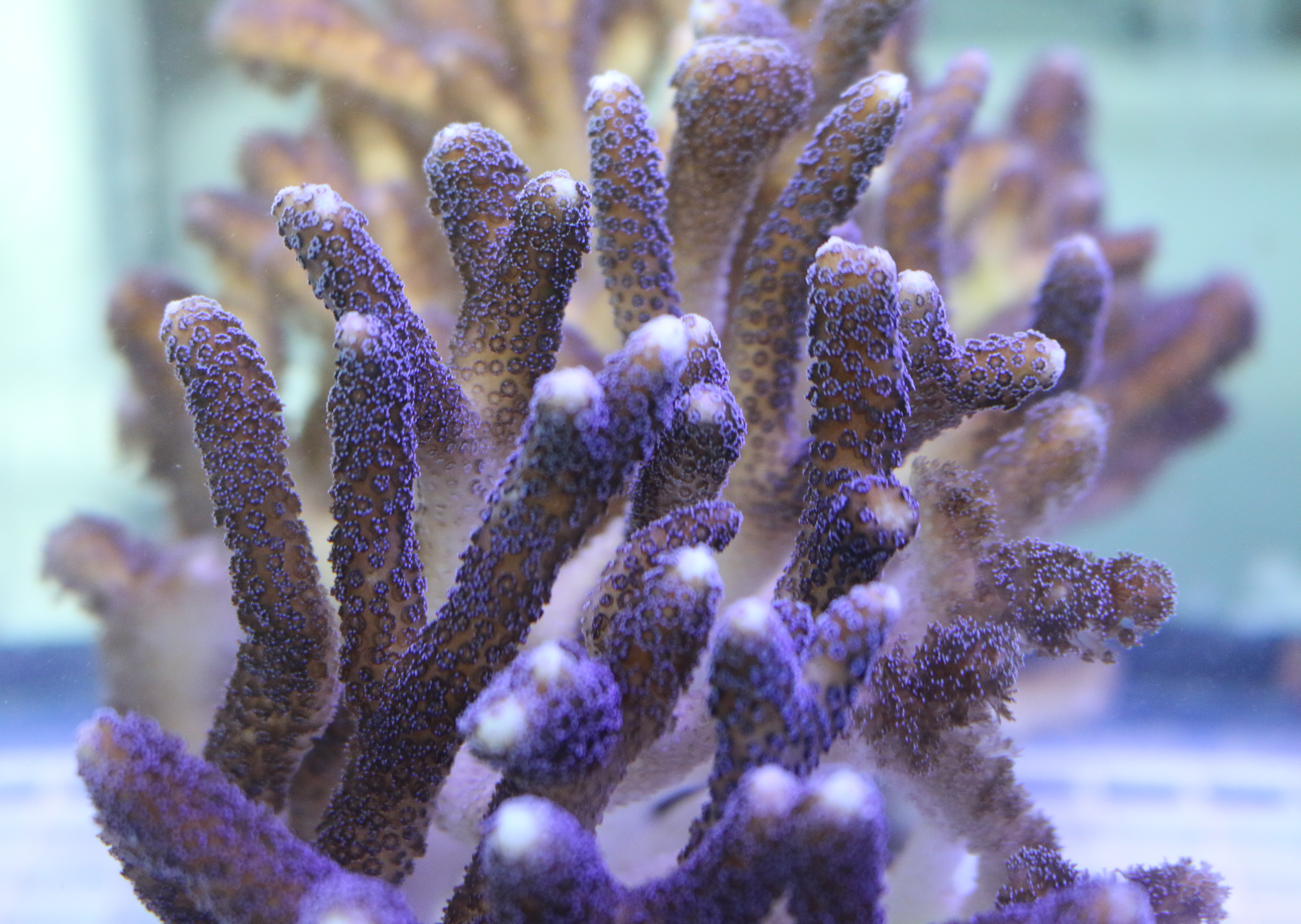
Charles Darwin, the British naturalist who championed the theory of evolution, noted that corals form far-reaching structures, largely made of limestone, that surround tropical islands. He didn’t know how they performed this feat. Now, Rutgers scientists have shown that coral structures consist of a biomineral containing a highly organized organic mix of proteins that resembles what is in our bones. Their study, published in the Journal of the Royal Society Interface, shows for the first time that several proteins are organized spatially – a process that’s critical to forming a rock-hard coral skeleton.
New Brunswick, N.J. (April 6, 2021) – Rutgers University–New Brunswick microbial oceanographer Kay D. Bidle is available for interviews on the persistent and profound impact of viral infections on algae in the oceans. These infections influence the Earth’s carbon cycle, which helps…
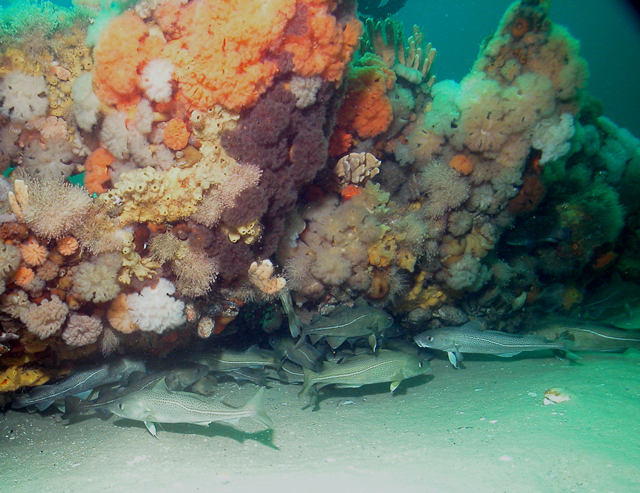
Overfishing likely did not cause the Atlantic cod, an iconic species, to evolve genetically and mature earlier, according to a study led by Rutgers University and the University of Oslo – the first of its kind – with major implications for ocean conservation.